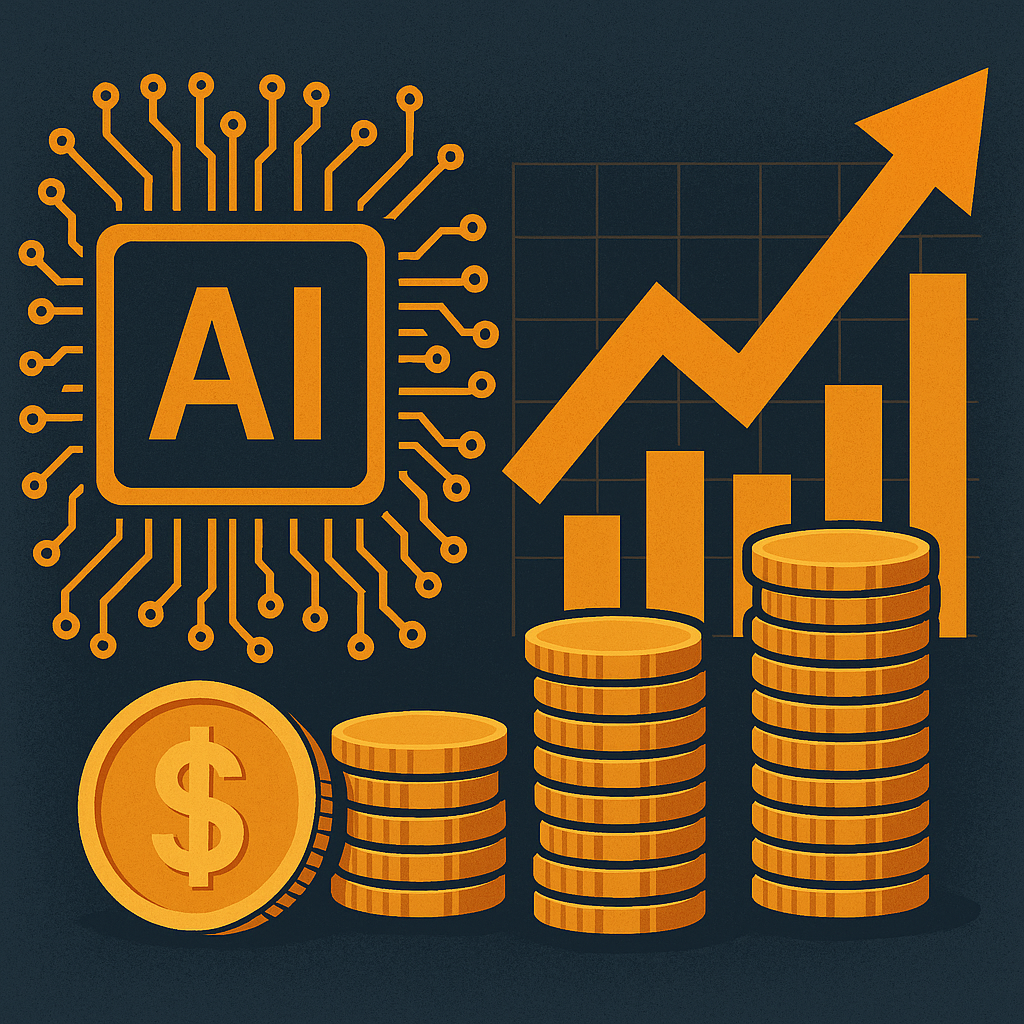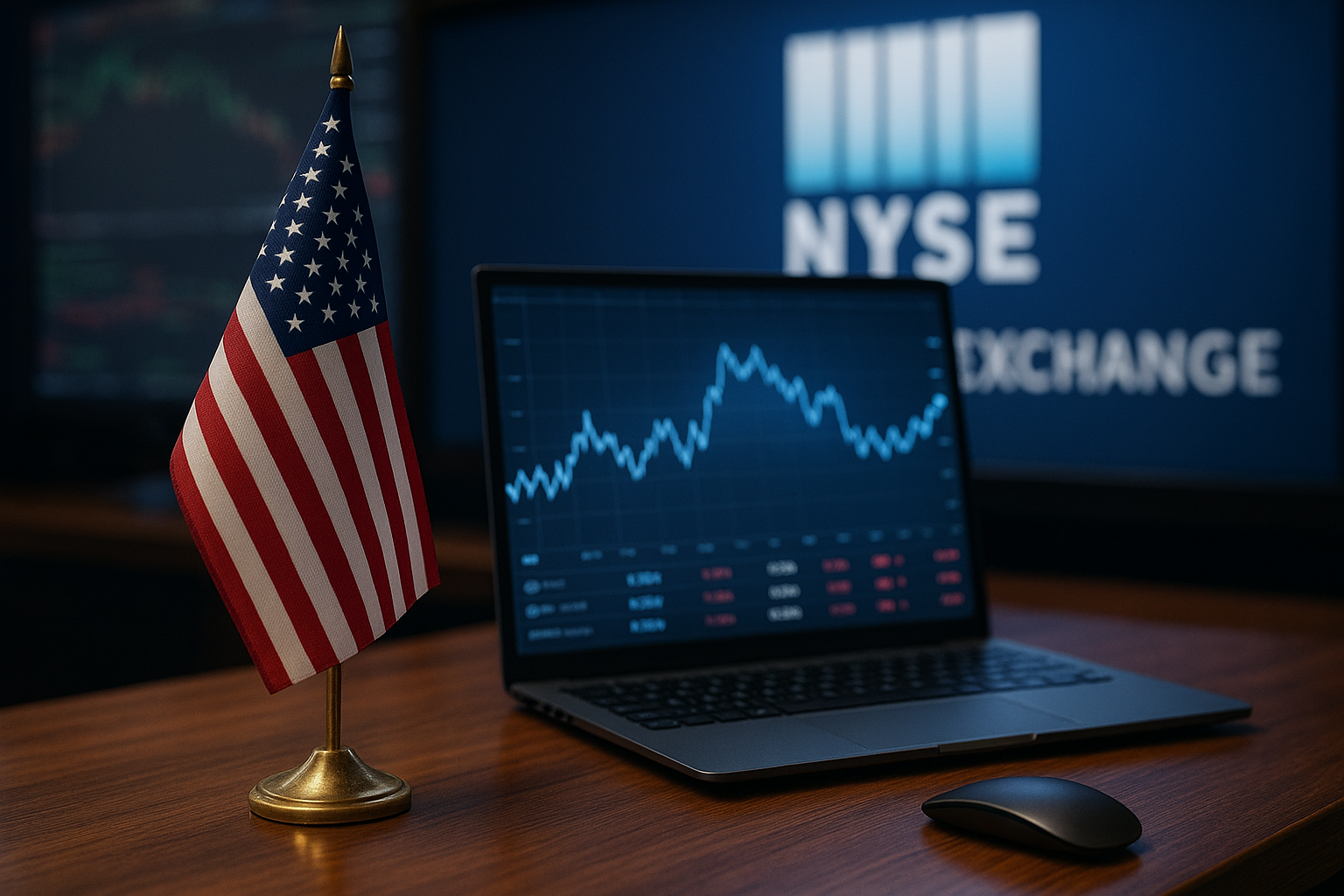Amid rising scrutiny over the true value of artificial intelligence in enterprise settings, a new report from Morgan Stanley delivers a striking reality check: AI isn’t just hype—it’s already delivering tangible earnings growth and stock outperformance in key sectors. With financials, consumer goods, and commercial real estate emerging as frontrunners in AI implementation, the gulf between early adopters and digital laggards is widening rapidly.
As investors continue to hunt for high-conviction plays in an overheated tech landscape, Morgan Stanley’s findings offer a timely map for capital allocation—highlighting both the opportunity and the risk of falling behind the AI curve.
AI’s Bottom-Line Impact: Who’s Winning?
The report, based on a comprehensive Morgan Stanley industry survey, indicates that over 50% of leading firms in financial services and consumer goods have implemented AI technologies at scale, primarily in functions like customer service, fraud detection, demand forecasting, and supply chain optimization. In the commercial real estate sector, AI is being used for predictive maintenance, tenant analytics, and dynamic pricing models.
According to MarketWatch, companies identified as “AI-advanced” in these industries have, on average, seen a 9% earnings-per-share (EPS) premium over their peers in the past two quarters. This trend is especially pronounced in mid-cap financials and consumer brand conglomerates, which have leaned into AI for lean operations and faster customer engagement cycles.
Meanwhile, PR Newswire reports that institutional interest in firms with scalable AI infrastructure is accelerating. Private equity and hedge funds are reportedly increasing their AI-weighted positions, anticipating compounding productivity gains over the next 12 to 24 months.
Why This Matters for Investors
The AI adoption trend isn’t merely a technological evolution—it’s an investment performance divergence in the making. Morgan Stanley analysts note that AI laggards are at risk of long-term margin erosion, especially in sectors where automation and data utilization are becoming competitive necessities rather than optional enhancements.
For investors, this creates a bifurcated landscape:
- Early adopters are enjoying stronger cost control, better customer retention, and faster product cycles—translating into market share gains and investor confidence.
- Late adopters may see short-term stability, but without AI integration, they risk becoming structurally disadvantaged as the competitive moat of AI-driven players deepens.
This mirrors broader macroeconomic themes—AI is no longer a future investment thesis. It’s a present-tense profit engine.
Future Trends to Watch
- AI Infrastructure Investment: Look for increased CapEx among firms investing in cloud-native platforms, real-time analytics, and proprietary models. Companies like Microsoft, Salesforce, and Nvidia stand to benefit indirectly through AI infrastructure and tooling demand.
- M&A Acceleration: Expect a new wave of AI-driven acquisitions, particularly in mid-market B2B SaaS, logistics, and retail analytics, where incumbents are looking to buy capabilities rather than build from scratch.
- Policy-Driven Disruption: With regulatory momentum building in both the U.S. and EU, firms deploying AI ethically and transparently may enjoy investor tailwinds—particularly those adhering to ESG-aligned data practices.
Key Investment Insight
Investors should overweight AI leaders in the financials, consumer goods, and real estate sectors—particularly those showing operational deployment at scale, not just R&D budgets or AI rhetoric. Scalable use cases, proven ROIs, and forward CapEx into AI infrastructure should be treated as strong buy signals.
Equally, investors should be cautious of firms paying lip service to AI without tangible execution or results. In a market where real returns are being realized, execution is the new narrative.
For more daily insights on AI-driven markets, investor trends, and actionable news across finance and tech, stay with MoneyNews.Today—your edge in a fast-moving financial world.





